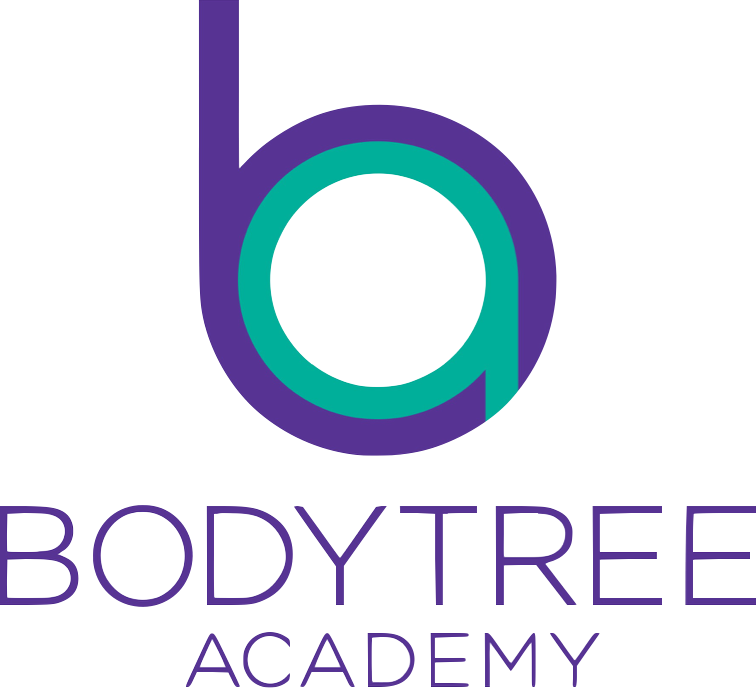Knowing when to strengthen and when to release/ stretch
What will you do if your client comes up to you and say this exercise/ movement feels uncomfortable? Or what will you do if your client gets the movement concept but just can’t do the movement well despite trying multiple cues? And what will you do if your client just feel hamstrings and can’t get the glutes working although you have worked through various glutes exercises and movement tweaks? Do you try to work on it or do you avoid it entirely?
You see, it’s too easy to take things at the face value and sweep some of these issues under the rug. Many will say choose to “just rest” the area without trying to find out what could be the issue. Granted there are too many factors that’ll lead to discomfort on movement or the inability to activate a certain muscle. But it designating as an unknowing strain or an injury without looking into it is hardly helpful at all. Much like how health professionals rely on red flags to help identify if it’s within their scope of practice, we should rely on those too. Redness, swelling, and pain should be pretty clear cut that we should refer out. But outside of that and some orthopaedic tests can be a grey area where client fall through the cracks. As movement and exercise professionals, we should have the toolset to tell if it’s a “strength” issue or is it a matter of tight muscles. If it can be addressed at our level, we should do what we can do serve our clients well and address it.
Sometimes an issue may not necessarily have anything to do with the hardware (i.e, the body itself) and instead have much to do with the software (i.e, how the nervous system coordinate muscle activation and sequencing). The best computer with cutting edge specifications will mean nothing if it does have any softwares to have it operate and run well. How the entire system functions heavily depends on how both the hardware and the software work together to produce a particular outcome. The most healthy joint with strong muscles around of it is meaningless if the nervous system fails to use the right muscle at the right time for a specific task. Bodybuilder who experiences significant discomfort despite seeking muscle balance is a perfect example of how much the software matters. Everyone is as susceptible to software issues if the conditions are right. And if the system is buggy, we simply need to debug it. Though we do have to be able to tell that it is a bug and not a pug.

Sometimes an issue may not necessarily have anything to do with the hardware (i.e, the body itself) and instead have much to do with the software (i.e, how the nervous system coordinate muscle activation and sequencing). The best computer with cutting edge specifications will mean nothing if it does have any softwares to have it operate and run well.
One of the ways will be through muscle testing. And by muscle testing, I don’t mean it as a strength contest between practitioners and client; instead it’s about the neuro-activity to a challenge that is applied on a muscle/ movement. Through that we are able to tell the status of the muscle in relation to the nervous system. Is it inhibited or “weak”? Is it hypertonic or switched on all the time? Muscles contracting when called upon will help with function but having it contracting all the time regardless of movement may be counterproductive, especially if it’s on the side of the joint that have to lengthen to enable movement.
After identifying the muscle’s state, you can always work on it appropriately to help create the desired outcome. Obviously you’ll stretch/ release hypertonic muscles to get it to downregulate tension and activate the inhibited muscles to get it back online. Combine that with good controlled movement and we’ll have a path towards recovery and goal attainment.
For now, having the necessary tools will go a long way in ensuring that you can help clients when needed. Being able to tell when to do what will be key. Muscle testing will be an easy way to understand the muscle’s state and from there help you assemble the pieces to work together in synchronicity and harmony, much like different instruments in an orchestra playing at the right time, on the right notes, and in the right intensity for the most beautiful symphony.
Ying Bin Poh

Kinesiologist - BodyTree Group
Ever since attaining his FIC certificate in 2008, YB has relentlessly sought out learning and educational opportunities to provide the best for those working with him. His drive to give the best has seen him through many education programs and has pushed him to complete a grueling master's course in Human Movement Science from the very school that the founder of Osteopathy set up, A.T. Still University.
Being progressive in both approach and knowledge is his creed. Below is a list of current certifications that he has attained:
- Master of Science in Kinesiology (ATSU), Dual track in Corrective Exercise & Orthopedic Rehabilitation Track and Adaptive Sports Track
- NSCA Certified Strength & Conditioning Specialist
- Proprioceptive-Deep Tendon Reflex (P-DTR) Foundation, Intermediate, Advanced
- OMT Dry Needling & Advanced Dry Needling
- Rehabilitation Prague School Dynamic Neuromuscular Stabilization Course A, B, C and Certified Exercise Trainer (currently the only Certified Exercise Trainer in Singapore)
- OD on Movement Mentorship
- Gray’s Institute Certified Applied Functional Science
- Human Motion Associates Mentorship Level 1
- Fascial Stretch Therapy Level 1
- Institute of Motion Mentorship Level 1
- NASM Corrective Exercise Specialist, Golf Fitness Specialist
- Kinesiology Taping 1 & 2 Certified
- Rehab Trainer Essential & Masterclass
- Bachelor of Business Management (SMU)
